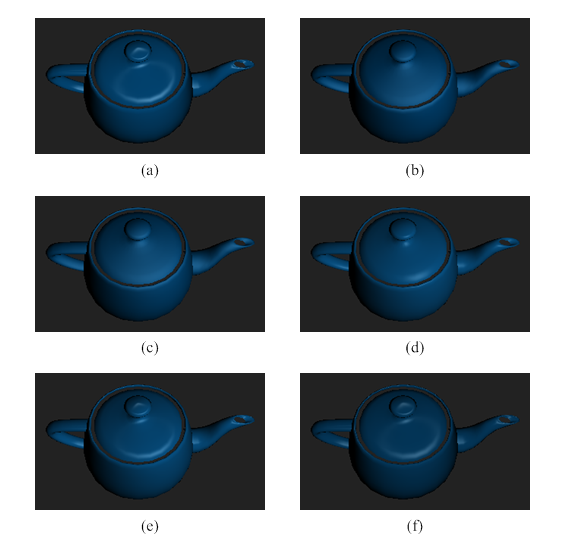應用於協助事件偵測之人類行為分析
陳永欣
As the more security demand increases, the intelligent monitor system has attracted considerable attention in recent years. In the previous related research, much effort is devoted to the detection of threat or dangerous situation. But the security application does not pay attention to the condition when the person is identified as no threat but needs assistance.
The thesis proposes a novel intelligent assistance system which can identify if a person needs assistance in public place, for example, disabled, sick people or alone child. Some kinds of events are solely dependent on the behavior of the target person, however, some other events can not be recognized until the relation between the target person and his neighbors is known. According to requirement of relation of persons, two major approaches are proposed in the research: (1) Event recognition through analyzing person behaviorThe approach detects the behavior of target person by exploiting seven kinds of features: moving trajectory, symmetry shape, principal axis orientation, wave speed, body angle, face orientation and the stooping curve. By computing the different combination of features, the system can identify the assistance events, for example, abnormal gait, the disabled using upholder, and the blind using stick. (2) Event recognition through analyzing the person relation. The approach analyzes the relation between target person and his neighbors around by evaluating the two modes of relation: one-to-one relation (following, interaction, no_relation) and multiple-to-one relation (scatting, mixing, gathering). The detection results are applicable to recognize if a child has guardian and the sick person.
隨著安全需求的提升,智慧型監視系統越來越受到大眾的重視,過去相關的研究中,大部分是針對嚇阻犯罪為主軸的監視系統,主要是辨識具威脅性的事件,一些不具威脅性但需要去協助的事件都會被忽略掉,因此本論文提出了一個新的辨識系統,藉以從公共場所中辨識出需要幫助的事件。一些事件辨識中,光從單人身上取得的資訊,並不足以當作是辨識的依據,關鍵的資訊,還得由人與人之間的互動關係中取得,因此本研究方法主要分成兩的部份:(1) 個人行為分析之協助事件辨識個人行為分析主要是以分析個人身上能取得的特徵作為辨識的依據,系統取出七種特徵: moving trajectory, symmetry shape, principal axis orientation, wave speed, body angle, face orientation and the stooping curve. 經由以上特徵的組合,可以辨識出下以需要協助的事件:走路不穩的人、行動不便的人、盲人。(2) 人與人關係分析之協助事件辨識人與人關係分析主要是針對人與周遭人的關係,經由分析一對一的關係(跟從,互動,無互動)和多對一的關係(散開,混合,聚集)來做為協助事件的辨識,經由以上關係,可以辨識出下以需要協助的事件: 無大人陪伴的小孩和身體不適的行人。

